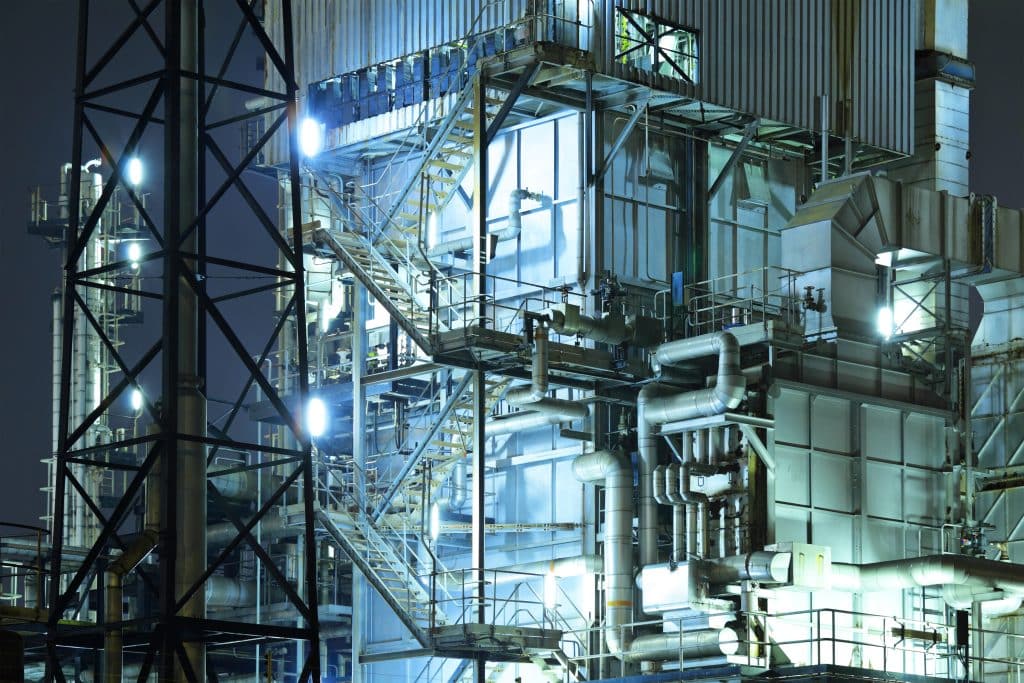Industrial Chillers
What Are Vacuum Brazing Chillers?
Vacuum brazing is a process used to join different materials under high temperatures of 800°C to 1150°C. Due to this heat, the cooling process often consumes time and slows down work. Vacuum brazing chillers allow manufacturers to reduce the product cycle time by speeding up the cooling process.
If you work in the automotive, medical, or any other industry that uses vacuum brazing, it’s crucial to understand how such equipment works. Here, we help you learn more about vacuum brazing chillers, how they work, and why we use them.
What Is a Vacuum Brazing Chiller?
The process of vacuum brazing often involves heating materials to high temperatures. This may cause your industrial machines to overheat and fail. Vacuum brazing chillers are devices that cool down furnaces and tools to an optimum temperature.
These machines have a system utilizing the refrigeration cycle to transfer heat. In most cases, vacuum brazing chillers use air from the environment to achieve the needed temperature.
How to Use a Vacuum Brazing Chillers
The method used for cooling vacuum brazing furnaces differs depending on the type of chiller you’re using. The most common ones, air models, only use one step for cooling. Depending on the one you select, the machine may either have propeller fans or refrigeration cycles.
Most air coolers work like the radiators found in an automobile engine. These have a motorized blower for gusting cool air over refrigerant lines. This process allows them to cool your furnaces to the needed temperature.
In most cases, the cooler will need an ambient temperature of about 35°C or below to work optimally. Still, some manufacturers offer chillers that can function well in hot areas of up to 50°C.
Difference Between Vacuum Brazing Chiller and Other Models
The main types of coolers available in the market are water, air, and evaporative condensers. Most industries that use vacuum brazing prefer air chillers because they occupy less space, and you can set them up outside. These devices mainly absorb heat from the furnace and transfer it to the atmosphere.
By contrast, water chillers use condensed water to transfer heat. The cooling process usually takes place in two steps. The first one involves heat moving from the refrigerant vapor to the condenser water. Next, the warm fluid goes into the cooling tower to release heat. When using this type of chiller, you need to connect the machines to a tank with constant water supplies. This requirement may be challenging for companies in areas with limited supply or in drought-prone locations. It also increases utility bills since you’ll need electricity to pump the water.
Evaporative condensers use plate heat exchangers to cool fluids. Unlike the water and air models, these are mainly for chilling water, oil, and glycol.The condensers have two inlets where fluids of different temperatures flow. The plates in the chiller then transfer heat between the two fluids, allowing the hotter one to cool down.
Get Quality Vacuum Brazing Chillers
A reliable vacuum brazing chiller can improve production in your company. At KKT Chillers, we provide a broad range of air and OEM coolers. With our equipment, you can speed up work, prevent machine failure, and increase profits. Contact us today to learn more about the available chillers for your business.
